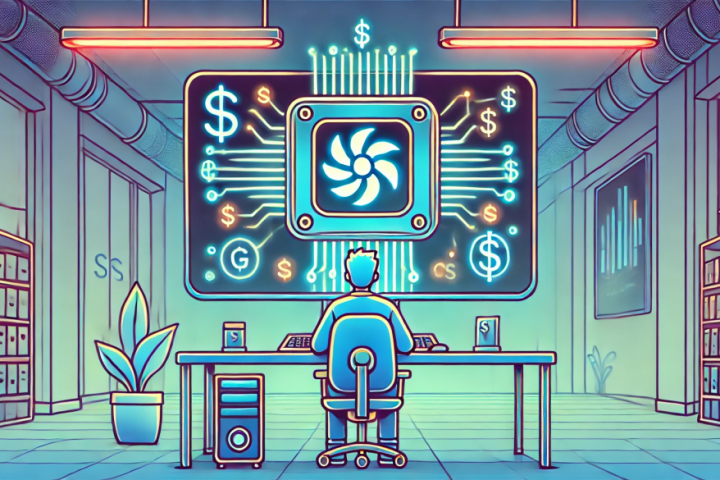Dell Technologies
The rise of generative AI tools like ChatGPT has sparked excitement and possibilities for workforce transformation. However, along with the widespread access to genAI tools comes the potential risk of unintentional exposure of company data. This puts organizations in a delicate balancing act between democratizing access and increasing overall risk. How can companies empower workers with generative AI tools while maintaining control?
As organizations consider different solutions, one answer has become increasingly clear: bringing generative AI solutions on premises offers more flexibility and control over outcomes. This means organizations can choose the right models for their unique use cases, customize them to fit their needs, enhance or train them with their own data, and establish the necessary security controls and guardrails. In other words, having generative AI within an organization’s direct control provides more options and peace of mind.
What are the key advantages of running generative AI workloads on premises? Here are a few to consider:
You maintain greater control over security and data
Initially, there was widespread access to generative AI chatbots like ChatGPT in the workplace. However, stories of high-profile security breaches soon followed. This has put IT leaders in a familiar predicament: how to secure existing public tools or provide internal alternatives. For many organizations, the latter option is the only sensible solution. They either cannot risk placing certain data in the public cloud or cannot jeopardize their sensitive or proprietary data, even with additional security controls offered through enterprise generative AI solutions. By adopting generative AI on their own hardware within their own environments, organizations maintain maximum control over their data and security. They can build solutions that work for them, with the assurance that their data will not be inadvertently compromised or used to train public models.
You can create guardrails and minimize risk
Transparency and explainability have become concerns with many public generative AIs. Organizations using common off-the-shelf models like GPT-4 often have little knowledge of the data it was trained on or how it generates responses. Bringing a generative AI model in-house offers several advantages in this regard. Organizations can ensure models are trained with high-quality data, reducing the chance of errors or inaccuracies. They have the most control over the guardrails that govern sensitive or harmful outputs on premises and can potentially implement safeguards to limit misuse. This puts organizations in control and instills confidence in their ability to protect against reputational risks.
You have greater control over costs
Generative AI offers remarkable capabilities in content creation, data interrogation, and code generation, among others. However, these capabilities come with cost implications. Many organizations have explored cloud-based proofs-of-concept for speed and cost considerations, but alternatives exist. There are equally fast ways to implement generative AI on premises, and many have discovered that generative AI cloud bills are not as cost-effective as initially thought.
Running generative AI models on premises allows organizations to tailor them to their specific needs. This means more control over workload placement and the ability to optimize infrastructure configurations for their particular use case. Additionally, managing infrastructure on-premises offers more opportunities for cost efficiencies and the flexibility to adopt OpEx or CapEx models as desired. In simple terms, being in control of your infrastructure gives you more control over your costs.
You have more control over energy consumption
Large language models, such as the ones powering tools like ChatGPT, consist of massive amounts of parameters. For example, GPT-4 reportedly has 1.76 trillion parameters. While these parameters enable the synthesis of vast amounts of data for quick and complex responses, they also require significant computational power and energy.
Many organizations find that they don’t need the immense computational power of a large language model for their specific use cases. In fact, there are enterprise- or domain-specific scenarios where training a smaller model on targeted data can be accomplished with a smaller selection of hardware or even a high-powered workstation. By bringing generative AI projects in-house, organizations can right-size their models, optimizing not only for cost but also energy consumption. This leads to more efficient operations and alignment with broader ESG commitments.
The age of AI transformation is here. Are you ready?
The signs are all around us: We’re in the AI age. That’s why it’s crucial to consider how you’ll embrace it, right down to the architecture supporting your business. Should you move large volumes of data closer to the AI, or would it be simpler and more advantageous to bring the AI closer to your data? These considerations will influence how easily, cost-effectively, and securely you can adopt generative AI within your organization.
Learn how to unlock faster outcomes with Dell Generative AI Solutions.
Sponsored articles are content produced by a company that is either paying for the post or has a business relationship with VentureBeat, and they’re always clearly marked. For more information, contact sales@venturebeat.com.







